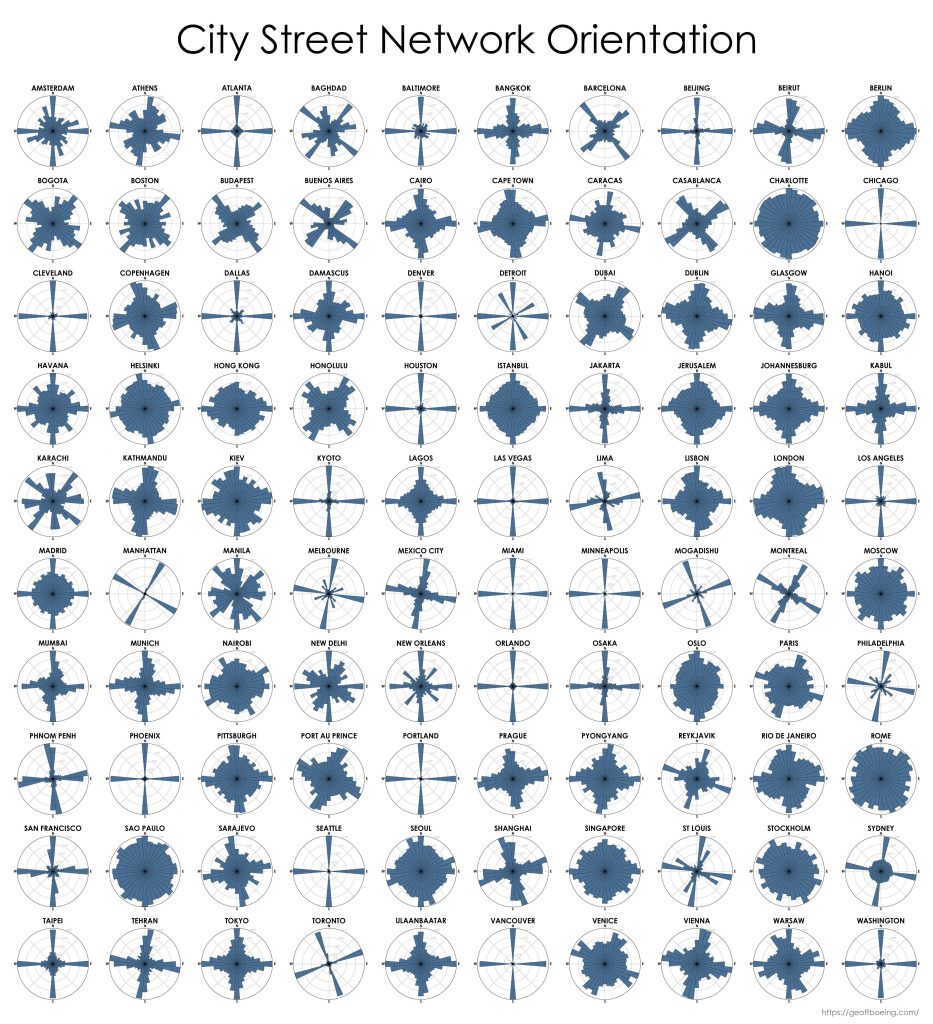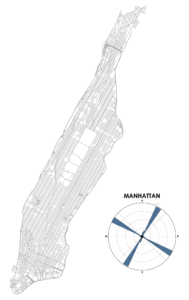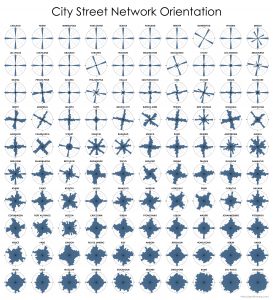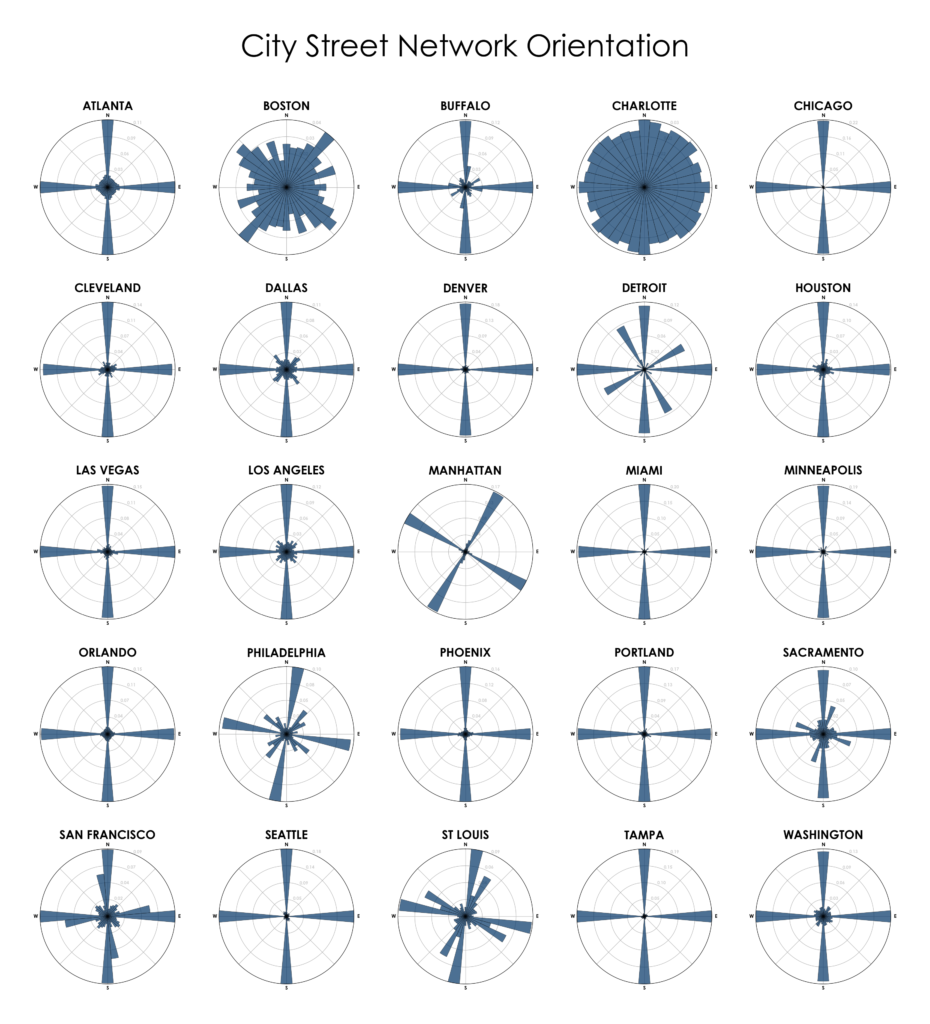I’m a co-author on a new article out in Environment and Planning B: Urban Analytics and City Science titled “A Roundtable Discussion: Defining Urban Data Science” (download free PDF). It arises from a panel discussion I participated in at the 2019 AAG Annual Meeting in DC. Vanessa Frias-Martinez, Song Gao, Ate Poorthuis, and Wenfei Xu joined me on the panel, which was organized and moderated by Wei Kang, Taylor Oshan, and Levi Wolf. From the abstract:
Categories
Defining Urban Data Science
- Post author By gboeing
- Post date 2019-10-30
- 1 Comment on Defining Urban Data Science



